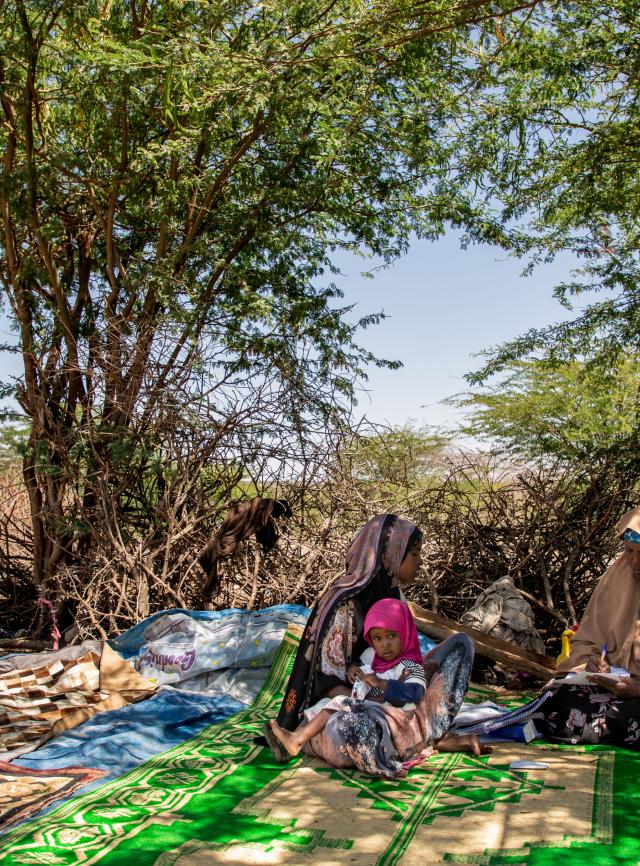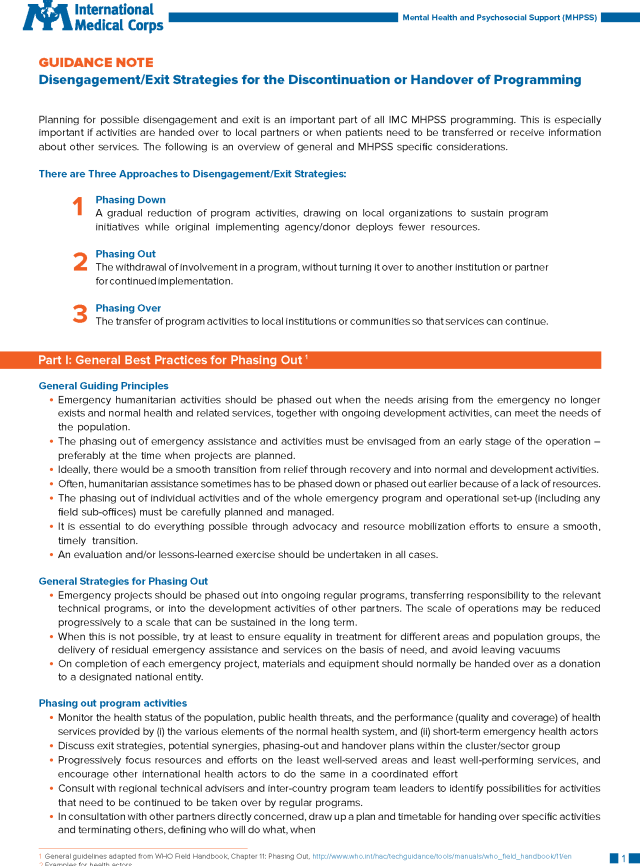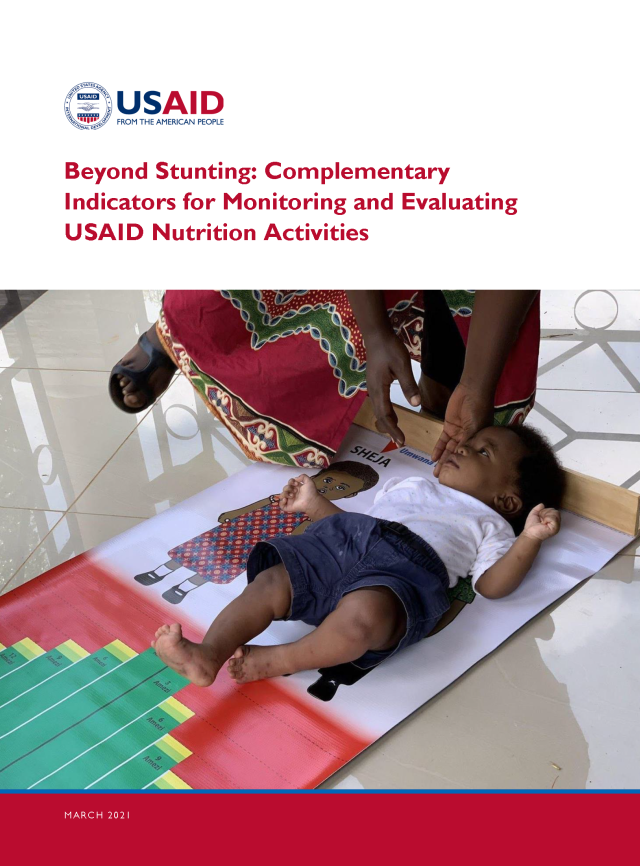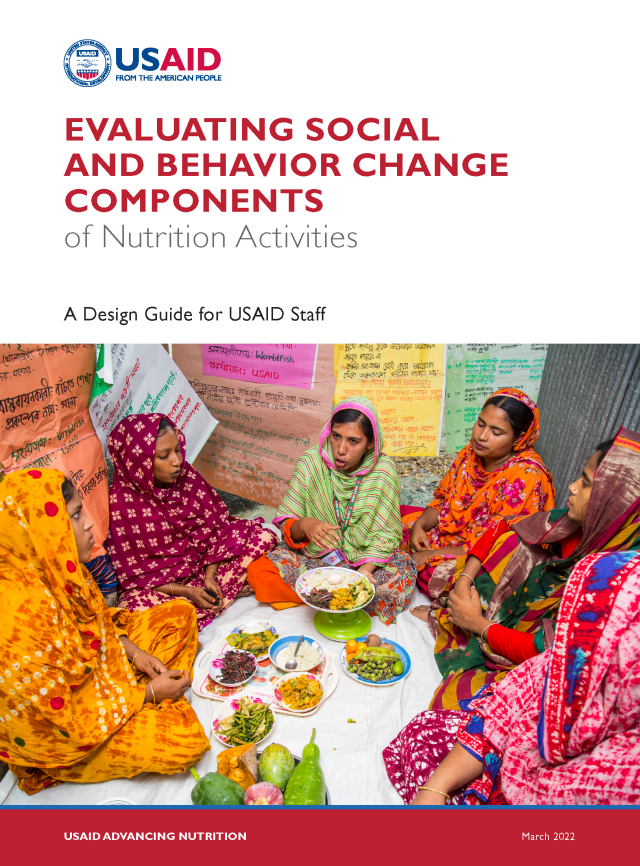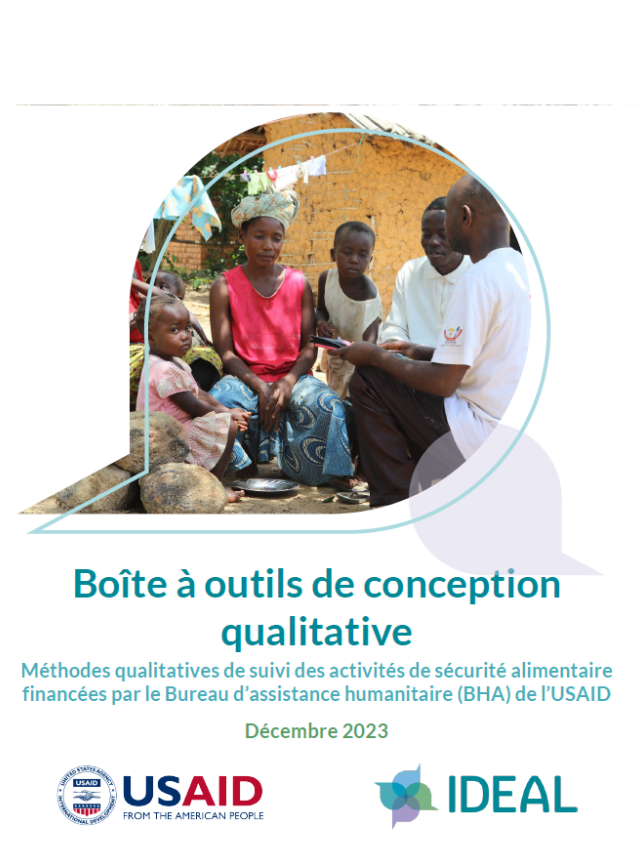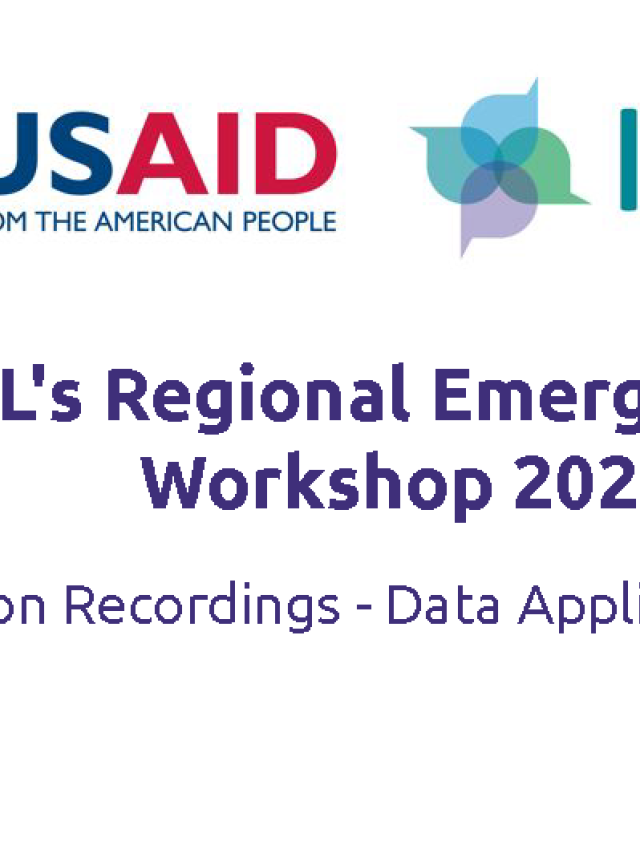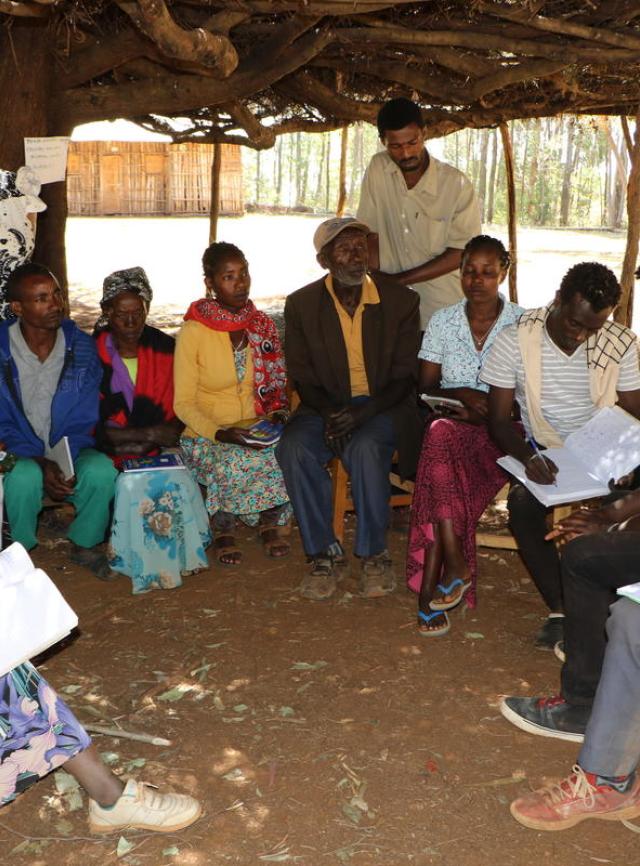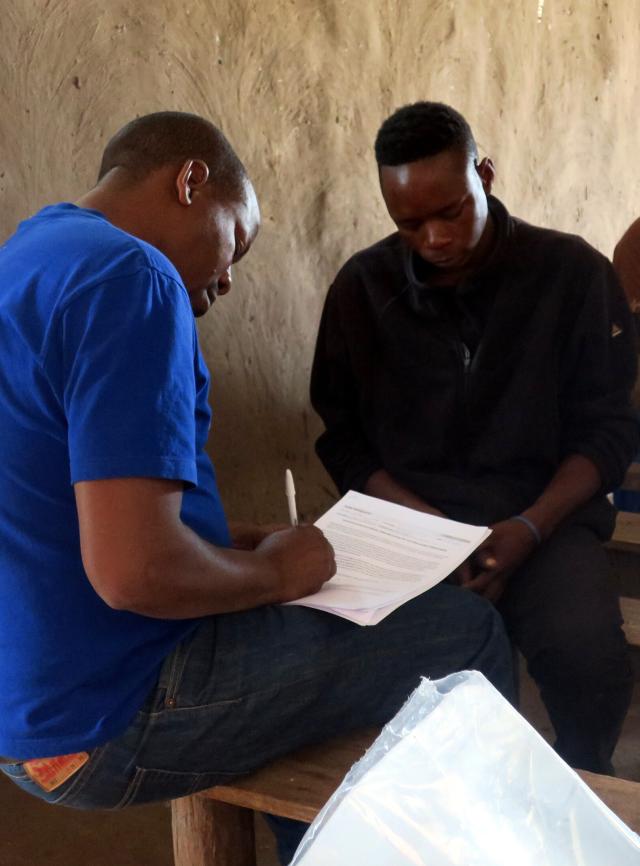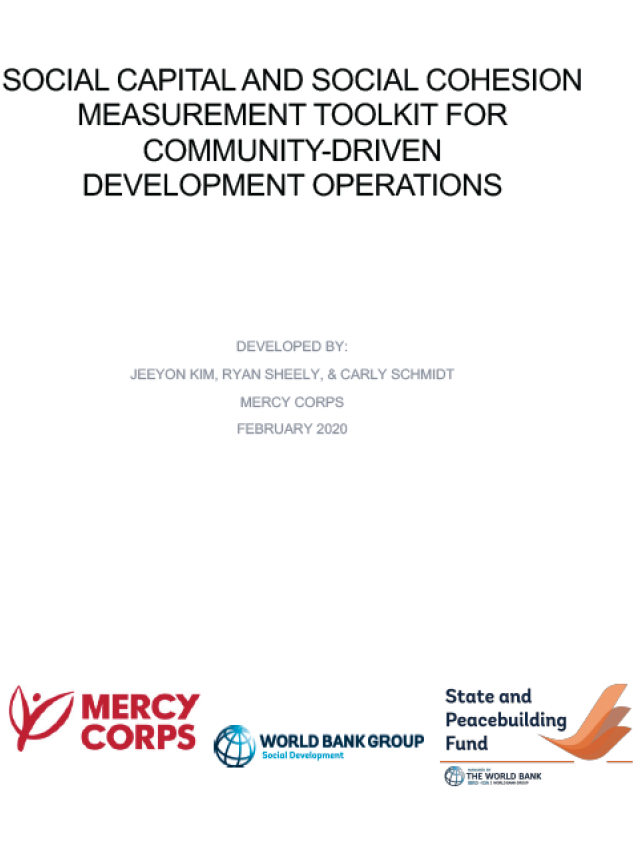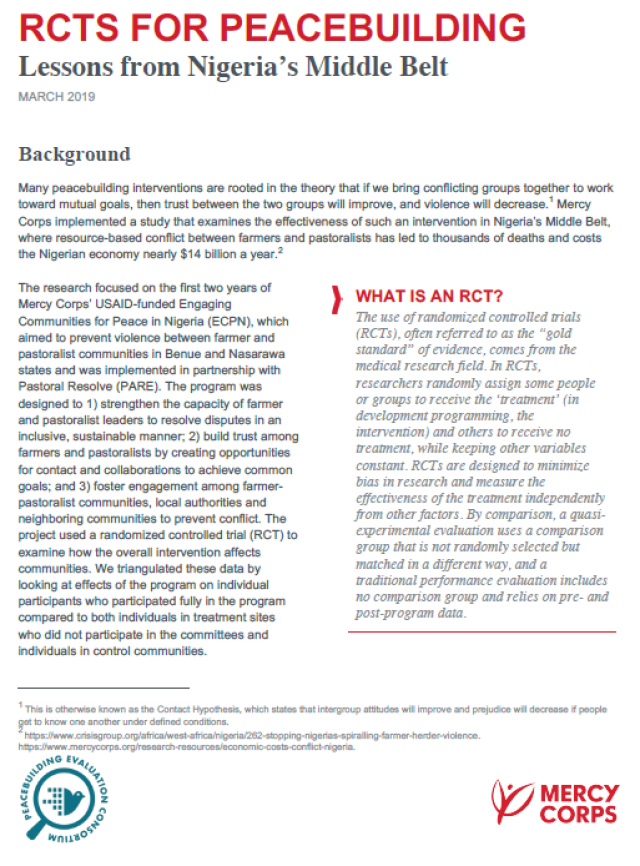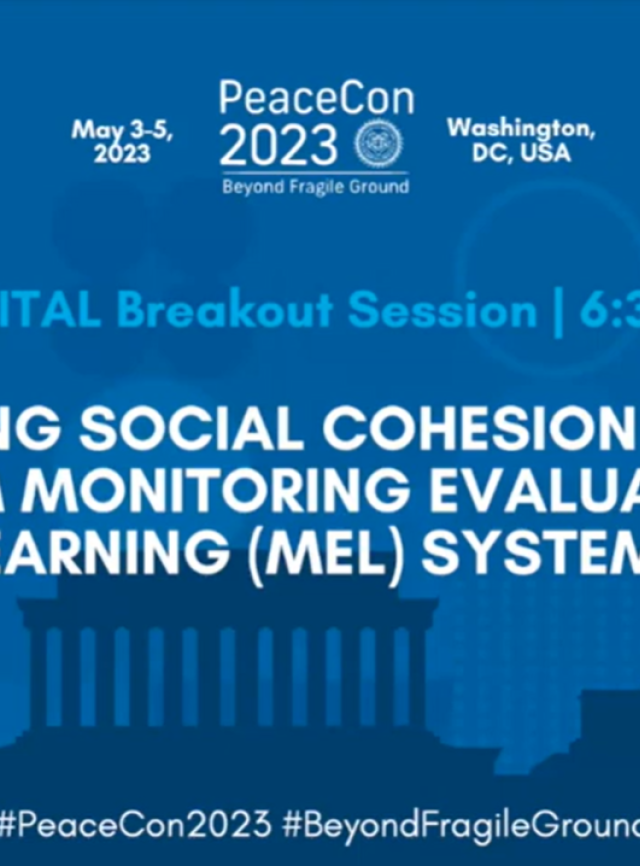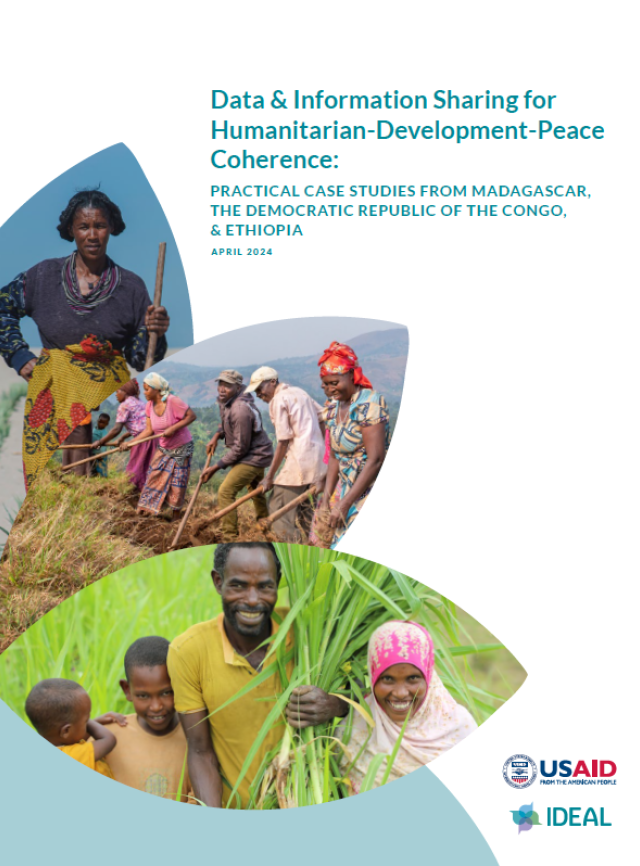
Monitoring and Evaluation
A curated collection of resources related to Monitoring and Evaluation (M&E) relevant for emergency and non-emergency program implementers
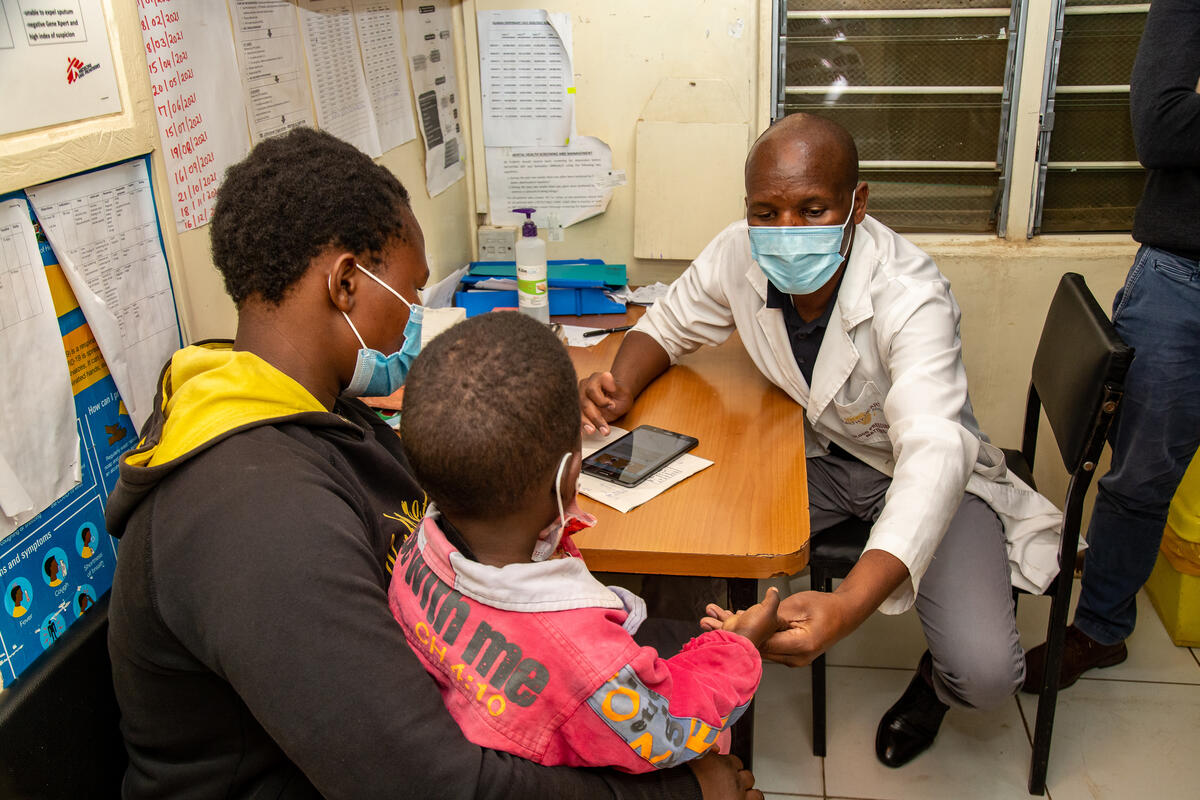
About this Collection
This is a collection of policy, guidance, tools, case studies, and practical examples curated to support M&E practitioners stay up-to-date on best practices for M&E in the food security sector. Whether you are looking to join a peer community to engage other peers in troubleshooting or to find the most up-to-date guidance and resources to for sampling methods, you can find this and more below as you explore this collection.
Monitoring Sampling Evaluation
General Guidance Qualitative Data Application and Use Peer Communities
Monitoring
Activity monitoring is the critical component of monitoring and evaluation systems. The process of regularly tracking and monitoring activity progress, outputs, and outcomes informs and enables adaptive management by activity staff and decision-makers. Resources in this section include information on routine, recurrent, remote, and third-party monitoring.
Sampling
Ensuring any data collection activity and its associated results and findings are representative of the intended population is critical to informed decision-making and adaptive management. Sampling can be highly technical, but there are a number of guides and resources to support M&E practitioners navigate their sample size estimation needs. This section includes the most relevant resources for emergency and resilience-funded activities and food security programs.
Evaluation
Activity evaluation is a critical learning opportunity to improve future iterations of implementation. Activity evaluations may be performance based, formative, or impact pending the learning objectives of the award and implementing partner. Below are resources to support activities when undertaking evaluations.
General Guidance
The Food Security community has several strong guidance and policy documents to support M&E practitioners in their M&E needs and reporting requirements. Below is a collection of the most up-to-date and relevant guidance for general M&E needs.
Qualitative
There has been a real and substantive uptake of qualitative data within M&E systems. This section provides resources on how to undertake qualitative monitoring and incorporate qualitative approaches into more traditional quantitative M&E systems.
Data Application and Use
Knowing how data from activity M&E systems will be applied and used is important. Shared in this section are examples of data application and use from across the globe, as well as resources to guide M&E practitioners.
Peer Communities
A highly effective approach to learning about real world challenges is engaging with other M&E practitioners across the globe. IDEAL has two M&E peer communities offering participants an opportunity to hear form their colleagues on current M&E challenges and lessons learned.


